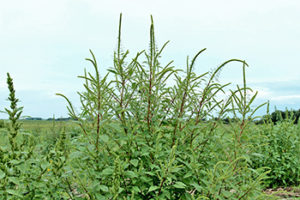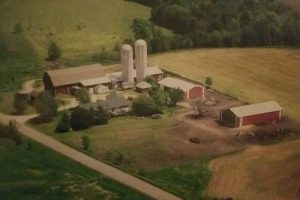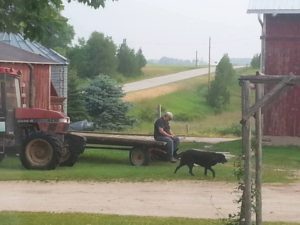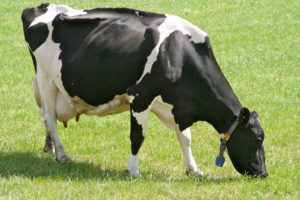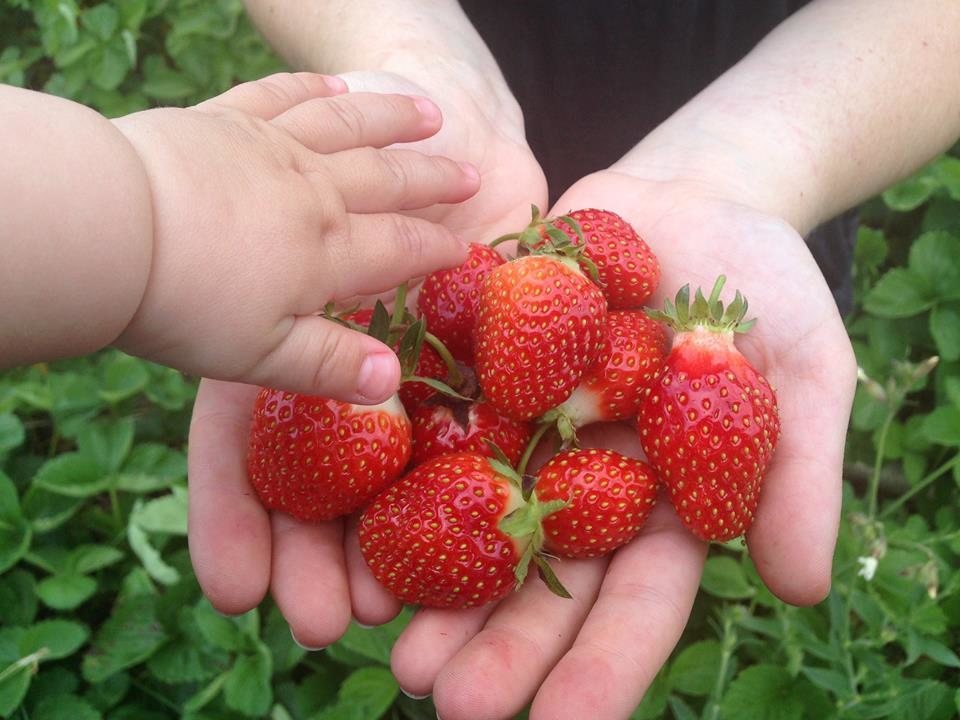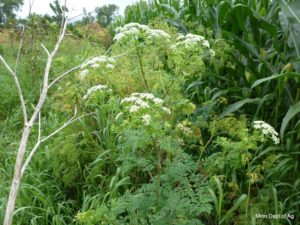Organic farming is growing to meet the increasing demand for its products. A report from Mercaris, an organic industry data service, says the U.S. now has roughly 6.5 million acres of organically certified land. The number of certified organic farms is three percent higher this year than in 2017. Laura Batcha, CEO/Executive Director of the Organic Trade Association, says that great is news.

“We always welcome seeing an increase in U.S. acres dedicated to organic farming,” Batcha said. “It’s something very important to see an increase in the overall value chain and the sustainability of the industry, as a whole.
“We’ve been investing in some particular initiatives that have an emphasis on increasing production in terms of row crops, including row crops and small grains,” Batcha added. “It’s really nice to see the number of acres has grown in the last year. Our members worked on projects to help to increase knowledge transfer that would support farmers transitioning their acres (to organic), so it’s nice to see that particular crop types and geographies are showing an increase.”
Some of those geographies include states along the East Coast, through the Corn Belt, and through the West. Those areas reported the largest gains in total certified operations. Just those three regions alone added 430 certified organic farming operations. Batcha is pleased that organic is spreading to different locations.
Batcha said the goal is to keep a nice and steady growth in the number of organic areas and operations across the country. That’s not necessarily an easy thing to do because there’s no one way of doing things in organic production that applies to all products.
“It’s tough to talk about keys to growing the industry as a whole because you have to look at it from a crop-specific perspective,” she said. “You also need to look at things from a regional perspective. What works for specialty crops in California won’t be the same thing that works for small grains in the Great Plains.
“The industry is focusing on several things right now,” Batcha added. “Organic regulations require crop rotation and cover-cropping. Organic farms have longer and more complex crop rotations (than traditional farming). What is needed is for crops in different rotations to have access to markets. It’s an emphasis the whole supply chain is looking at. Some of our farms may have six or seven different crops and we want healthy markets for all of them.
“The other thing the (Mercaris) report calls out is improving transparency in terms of data and statistics in the organic industry,” Batcha said. “But there are still gaps. The report recommended the same thing that our members have already brought to the Department of Agriculture. The recommendation we want is to see that the reporting of acreage from the certified agencies to the USDA to be a mandatory data transfer on an annual basis. It’s not only important for good statistics that inform policy choices, as well as farmer decision-making out in their fields.”
There are now 17,648 U.S. farms certified as compliant with the USDA National Organic Farming Program standards for organic row crop production. Total organic acres increased from 6.4 million acres in 2017.
The data company calls the report the only trusted information source on organic farmland statistics because the Department of Agriculture’s National Agricultural Statistics Service will not be issuing data on organic acreage for 2018.

